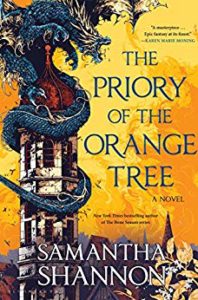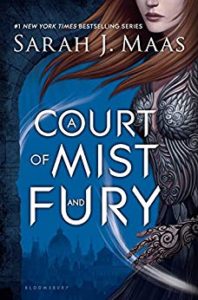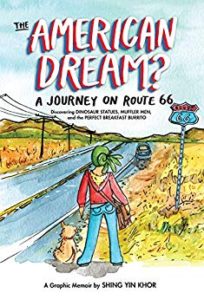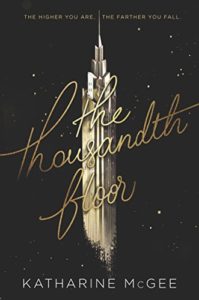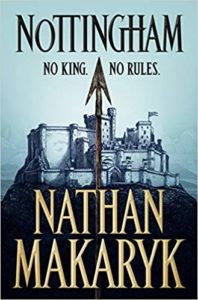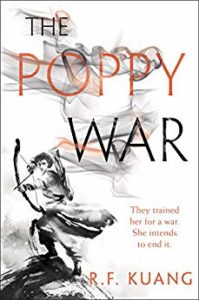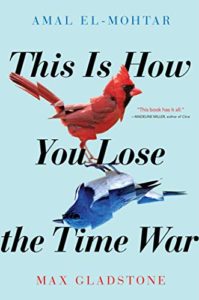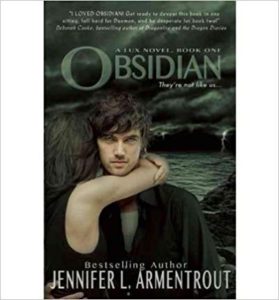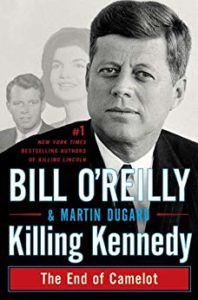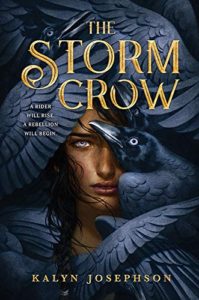Earlier this year, I read Samantha Shannon’s The Priory of the Orange Tree. In case you didn’t know, this is a brick of a book, at 846 pages. Despite its length, I don’t really think there were many wasted words. This has an intricate plot to rival Game of Thrones, although, as a stand-alone, you won’t have to wait over 20 years to find out what finally happened.
The Queendom of Berethnet needs an heir. For some magical reason, the Berethnet queens always have one child, and it is always a daughter. Queen Sabran the Ninth hasn’t married yet and doesn’t really want to. Still, she must have a child. There’s a prophecy that as long as there’s a Berethnet Queen on the throne, the queendom will be safe.
Meanwhile, evil forces are waking up, and in other places people are training to be heroes. All of the stories weave together until the final confrontation, where a different world will arise.
A Complex Story
The Priory of the Orange Tree is a long story with a lot of complexity. It’s one of those stories that might be better on a reread. There are so many characters, I wasn’t able to keep them all straight all the time. For me, it was the same with Game of Thrones. By the fourth book, I was starting to forget what plot line happened with which character, but I think a reread would be helpful with that too. For quite a while, I was getting confused between the West and the East. They both have vastly different politics. Towards the middle I was able to sort everything out.
Other Thoughts
The book had a lot of beautiful writing, and you could tell that the worldbuilding was well thought out. While I was reading it, I highlighted quite a few passages that I thought were beautiful.
The Priory of the Orange Tree uses a ton of archaic vocabulary. While it does add authenticity to the world, you might want to have a dictionary handy. Most of the archaic words deal with clothing, weapons, and other items in the universe.
Overall, I enjoyed this story. However, it did run a little long and I had a little bit of difficulty keeping all the storylines and characters straight, at least at first. Still it might be good for a reread. Someday.
